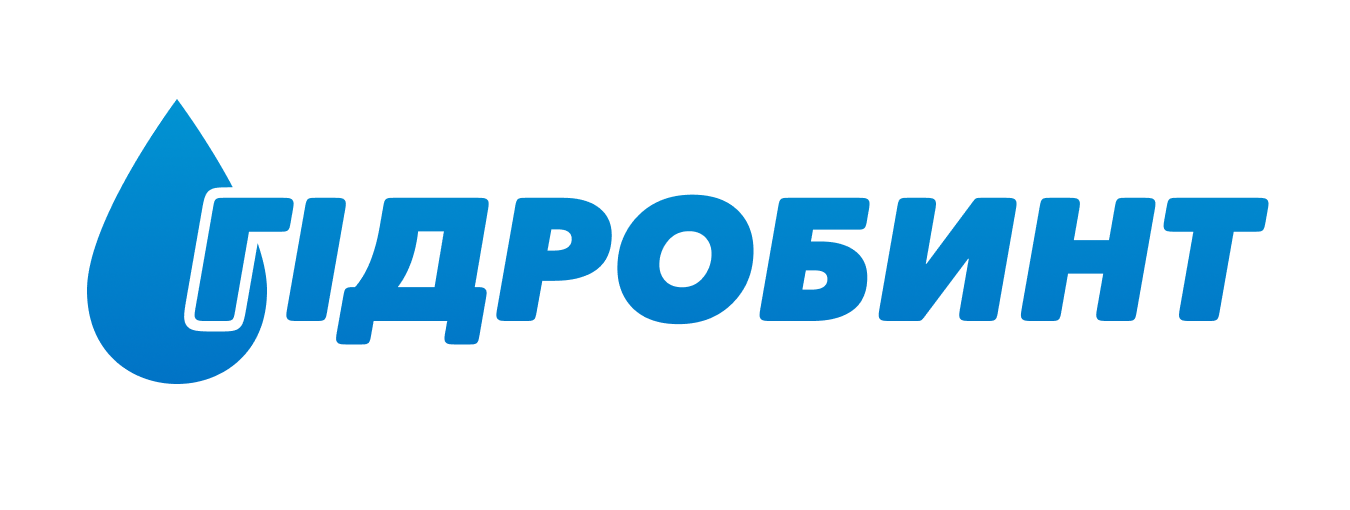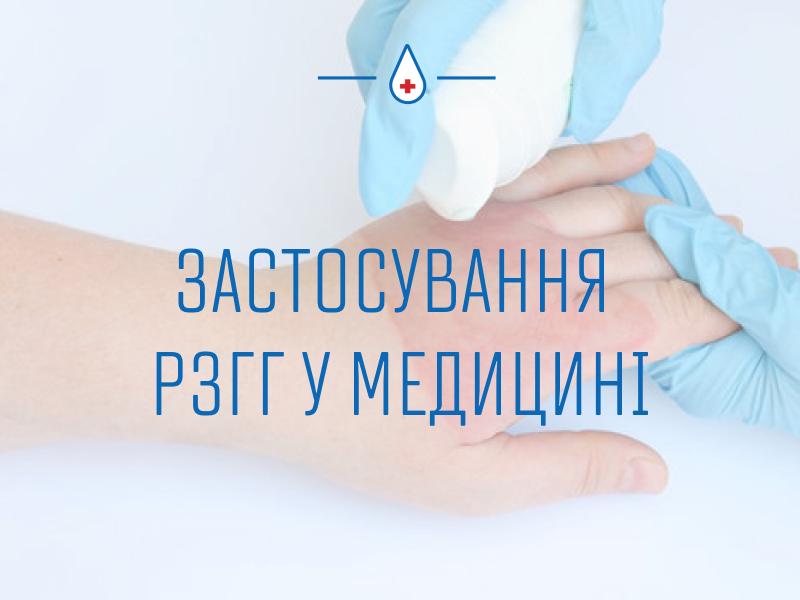Radiation-crosslinked hydrogels are widely used in medicine, in particular in the treatment of burns and open wounds. This material is an excellent tool for moisturizing and healing wounds. The benefits of hydrogel dressings for wound care are significant, especially if you know how to use them correctly.
Hydrogel dressings are an excellent source of moisture for dry or slightly exuding wounds. They act quickly to cool and moisturize the wound, and provide a sense of pain relief and comfort for the patient.
The medical functions of RCHs dressings include:
- Cooling a burn or wound for pain relief. This is achieved due to the high heat capacity of water and its evaporation, which is provided by the RCHs dressing.
- Protection of the wound from infections and mechanical stress.
- Wound disinfection.
- Sorption of physiological secretions from the wound.
- Administration of medications: analgesics, anti-inflammatory drugs, metabolic stimulants, etc.
Each stage of healing requires specific medications that cannot be combined into one universal remedy. That is why it is convenient to use “neutral” RGGG dressings, which can be saturated with any necessary medications.
There are two main methods of infusion of medications through RCHs dressings:
- Preliminary soaking of the dressing in the medication solution. The degree of saturation depends on the duration of soaking. After that, apply the activated dressing to the wound and secure it with a bandage.
- Gradual diffusion of drugs through the dressing, on which a wet tampon soaked in a medicinal solution is applied. This method is slower but longer lasting due to the ability to change the swab without removing the dressing.
Hydrogel wound dressings are effective for the treatment of diabetic foot, ulcers and other similar injuries.
RCHs bandages can stop capillary bleeding by acting as a filter that allows water to pass through but stops blood particles from creating blood clots. Drugs that promote blood clotting can be added to the dressings.
Hydrogel dressings fit snugly to the wound and seal it, making them useful in open pneumothorax to prevent air from entering between the lungs and sternum.
Maintaining a moist environment in the wound promotes metabolic and regenerative processes in damaged tissues, which accelerates healing. The addition of anesthetics ensures comfortable treatment without pain.



